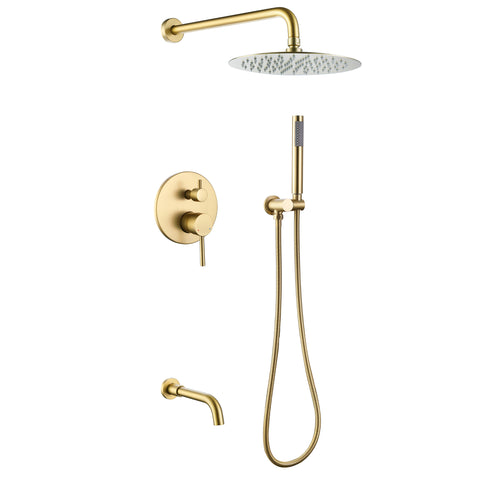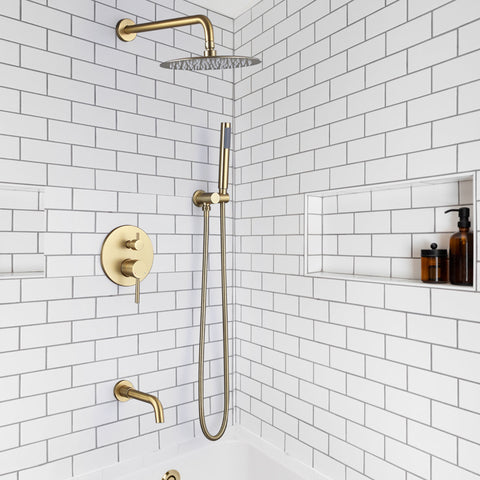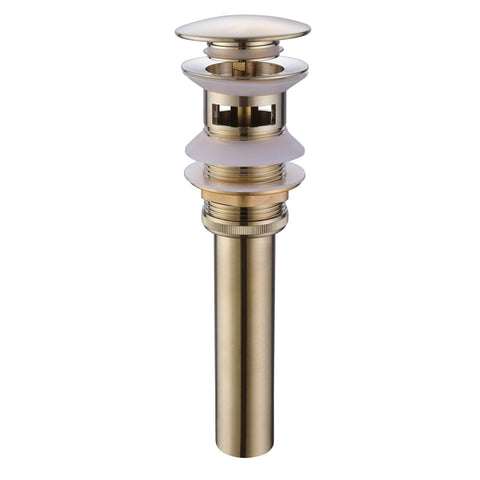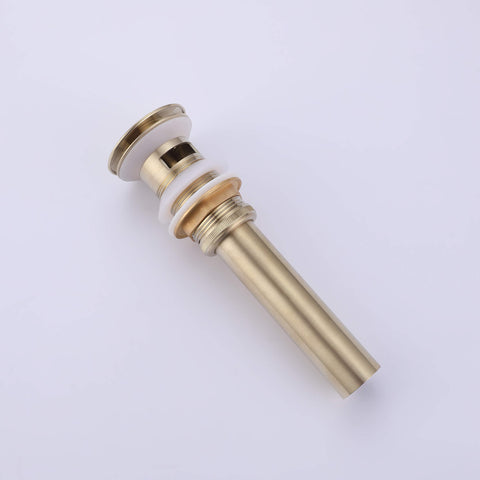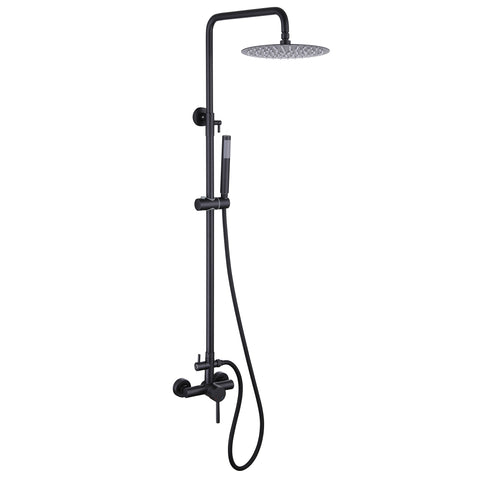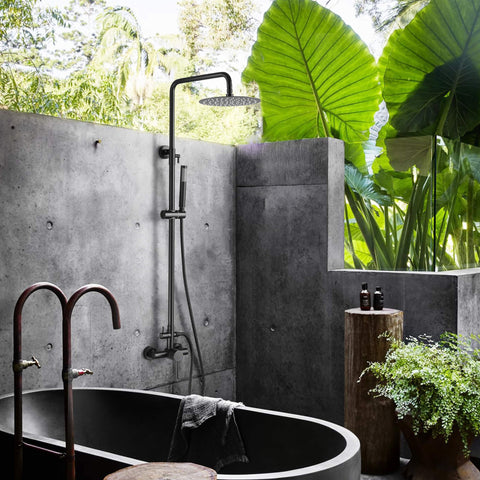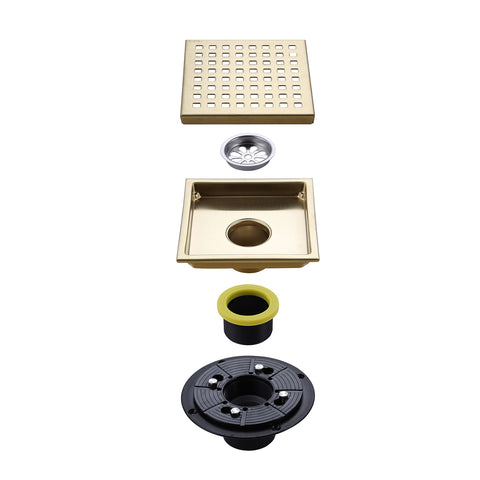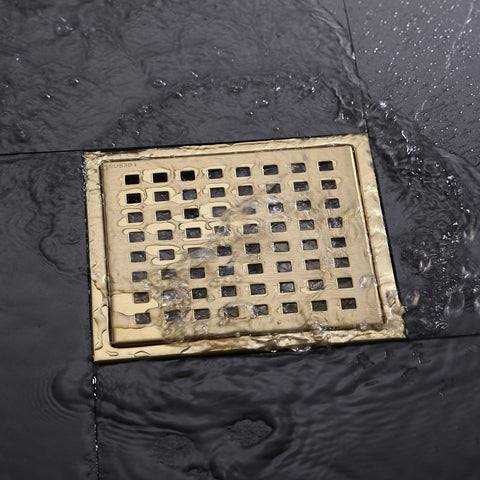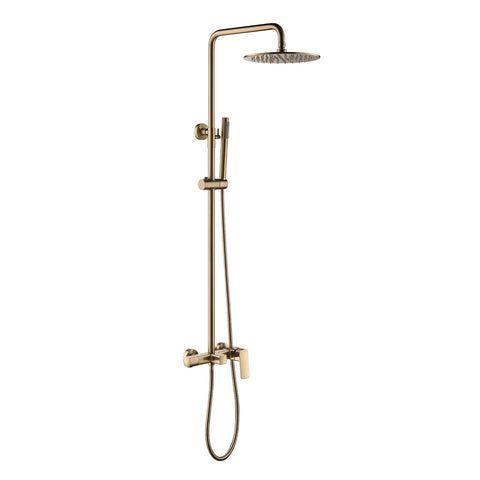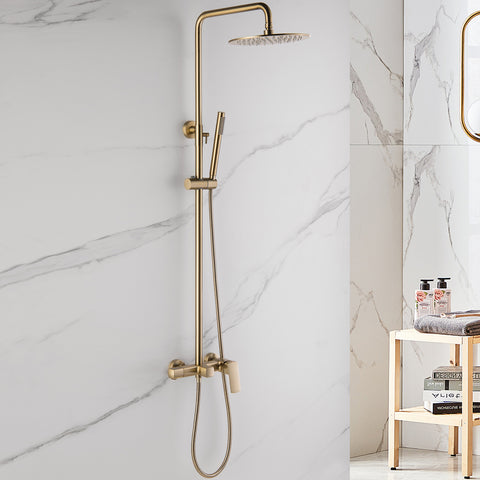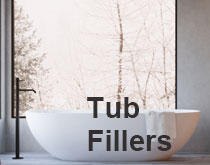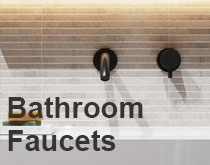Why Choose a Shower System with Pressure Balance Valve?
If you live in an older home without perfect plumbing, you surely know why pressure balanced shower valves are so popular. You've probably had more than one shower interrupted by a sudden influx of cold or hot water when someone flushed the toilet, turned on the hot water in the kitchen, or started the washing machine.
When other appliances need hot or cold water, less water is available in the shower. You can work around this by redoing your plumbing with bigger pipes so the change in water demand will not be as noticeable, but this is an expensive and in most cases an impractical solution. A more realistic industrial option is to design a shower valve that can compensate for changes in water pressure.
Pressure-balanced shower valves aren't the only temperature-compensated faucets on the market. Thermostatic shower valves work a little differently, they are advanced in many ways, but they are also more expensive.
Pressure Balance Valve Monitoring and Pressure Regulation
A pressure balancing valve is basically a standard single lever mixing valve, with one important addition: a pressure sensitive piston, spool or diaphragm. As the hot water pressure increases relative to the cold water pressure, it moves in one direction, restricting the hot water flow while increasing the cold water flow. When the cold water pressure increases, it moves in the opposite direction, thereby restricting the flow of cold water and increasing the flow of hot water. In either case, the end result is that the water temperature remains the same.
One of the disadvantages of pressure balancing valves is that they cannot control water temperature and flow at the same time. Therefore, if the hot and cold pressures drop suddenly, the flow will also drop. The sharp drop in pressure reduces the shower flow to a trickle. Another disadvantage is that scale and debris in the water, such as rust, can force the pressure valve to stick together, resulting in a complete loss of pressure compensation.
Pressure Balancing Valve to Prevent Scalding and Thermal Shock
Sudden changes in temperature in the shower are not only uncomfortable, they can also be dangerous. A surge of hot water can cause burns, while heat shock from temperature changes can cause a person to slip and lose balance. Elderly or disabled people can be seriously injured if they accidentally fall.
To prevent burns, some homes lower the temperature of the water heater to around 100 degrees Fahrenheit, which also saves energy. This is not a good idea because some harmful bacteria thrive in these temperatures.

Thermostatic Valve is a Replacement for High-Quality Shower System
Thermostatic shower valves monitor water temperature like a thermostat in a car radiator. It's not a pressure-sensitive piston, but a temperature-sensitive element that expands and contracts as the water temperature changes. When the water temperature exceeds the temperature setting, the element expands, allowing more cold water to enter and maintaining the output at the selected temperature.
This type of valve can maintain the same temperature independently of flow, so the handle has one dial to set the temperature and another to control the flow. Once you set the temperature, it will stay the same until you reset it, so all you have to do is turn the water on and off and adjust the flow. When someone in the home turns on the faucet, the flow may decrease, but the temperature will remain the same, you just need to increase the flow to make up.
The typical water heater temperature is around 120 degrees Fahrenheit, so both the pressure balance valve and the thermostatic valve have adjustable temperature limiters. Once you set the limiter, it stops you from turning the control handle to the hotter side.

Should I Choose a Pressure Balancing Valve or a Thermostatic Valve
If you're considering a new shower valve and budget is your main concern, you'll probably want to centralize pressure balancing valves. They range in price from $500 to around $1,000, and thermostats start around $600, though you can find cheaper ones if you look hard enough.
To save money, a thermostatic valve is usually a better choice. Compared with the pressure balance valve, it has three advantages:
- The temperature is easy to adjust: you can set the best temperature for your shower and keep it that way. There's no need to risk getting scalded when the first stream of hot water finally goes through the pipes to the shower head.
- Suitable for large shower systems: A single thermostatic valve can serve large showers with multiple shower heads. You can use both a hand-held showerhead and an overhead showerhead at the same time, both at the same temperature.
- Save water: Because the temperature and volume controls are separate, you can shower at a lower flow rate while still getting comfortable hot water. Plus, you won't waste water while fiddling with the controls to get the perfect temperature.
When installing or replacing a pressure balancing valve, the procedure is the same as for a thermostatic valve. Both require no extra work, so the repair cost is the same.
